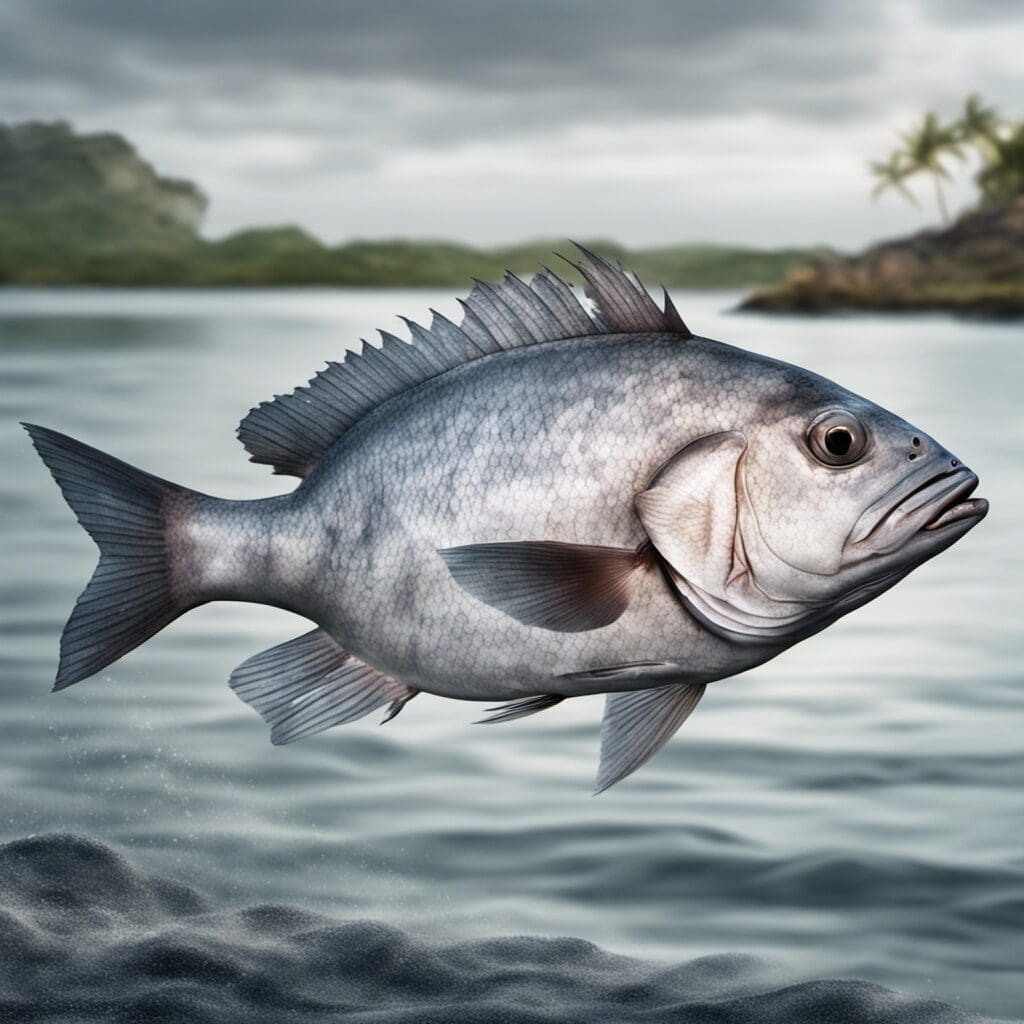Introduction
The Grey Snapper, also known as the mangrove snapper or black snapper, is a species of marine fish classified under the family Lutjanidae. Its scientific name is Lutjanus griseus.
Conservation Status
The Grey Snapper is currently characterized as being of “Least Concern” by the International Union for Conservation of Nature (IUCN). Conservation efforts to protect the species include fishing regulations and restrictions on overfishing to prevent depletion.
Statistics
| Stat | Averages | Range |
|---|---|---|
| Length | 14 inches | 8 to 16 inches |
| Weight | 1 lb | 0.5 to 2.5 lbs |
| Average Lifespan | 25 years | N/A |
Distribution
The Grey Snapper is widely distributed across the western Atlantic Ocean, Bermuda, the Gulf of Mexico, and throughout the Caribbean sea. They do not typically exhibit migratory patterns, but are known to move offshore for spawning.
Habitats
The Grey Snapper prefers tropical, warm-temperate, brackish, and marine waters, with a depth range of 5 to 180 meters. Temperature ranges of their preferred habitats are generally between 20 to 30 degrees Celsius.
When and Where to See
They are most active during the warmer months. They’re usually found around dusk or dawn.
Best Fishing Locations and Tips
- Florida Keys, Florida
- The Bahamas
- Gulf of Mexico
- Jamaica
- Puerto Rico
- Texas
If specific locations aren’t known, Grey Snapper can generally be found in warm, reef-filled waters near the coast.
How to Catch
They can be caught using a variety of baits such as shrimp, squid, or cut baitfish. Grey Snapper can be caught by either bottom fishing or fly fishing. The best time to catch them is at dusk or dawn.
Identification Guide
They are recognizable by their dark grey color, large eyes, and their streamlined shape. They have a darker back than belly, with a reddish-orange line at the base of the dorsal fin and caudal fin.
Culinary
The Grey Snapper is a popular choice in cuisine due to its tender, sweet flesh with low levels of oil. The meat is white and fine textured, commonly made into filets or used in soups. The fish is rich in protein and loaded with heart-healthy omega-3 fatty acids.
Additional Information
Grey Snapper feed on crustaceans and smaller fish during their active periods of dusk and dawn. Predators of the Grey Snapper include larger species of fish and birds.

